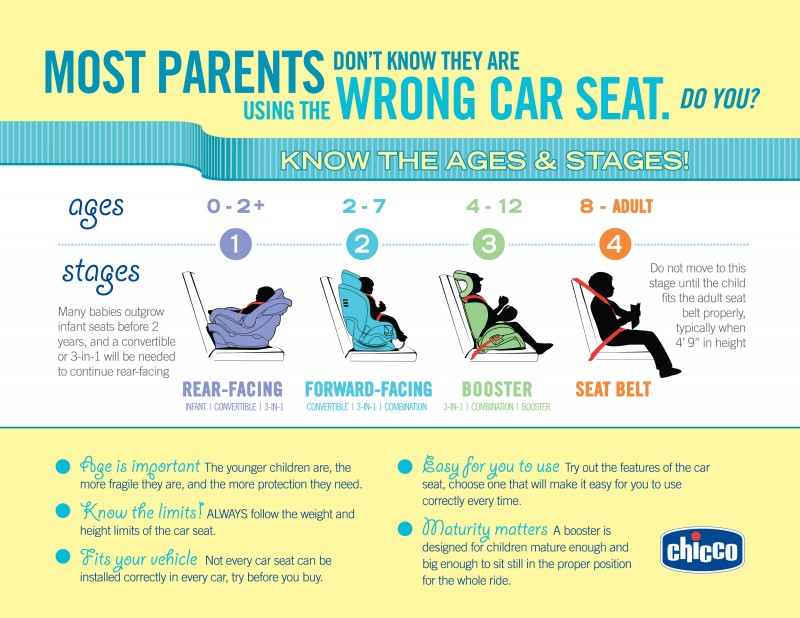
I participated in an Influencer Activation on behalf of Influence Central for Chicco. I received a promotional item to thank me for participating.
When I was about 12, my step brother was dating a woman who had a 3.5 year old child. One day, the child’s grandmother was moving while babysitting the boy. They were using their own vehicle to move, and she chose to put the child in a backless booster seat to save space so they could haul more items on each trip. She blacked out on one of the trips and the vehicle hit a tree. The boy was not held in place in the backless booster but thankfully was not ejected from the car. Unfortunately, he has been paralyzed ever since.
This horribly unfortunate situation really caught my attention as a child. At that time, children in my state only needed to be in-car seats until their fifth birthdays, and many people I knew used backless boosters with their toddlers. Despite it being a common practice among those I knew, I realized it did not keep the child I knew safe. We now know that children ages 4-8 are 45% safer in a booster seat than in an adult seat belt alone.
I’ve been happy to see the improvements in car seat laws and regulations since then. In my state, the decision to require children to be in a booster seat until age 8 or 4′ 9″ was the biggest change. While I think this was a great step, I still see a lot of people using car seats incorrectly and moving their child up to the next car seat stage as early as possible instead of as late as possible.
Chicco created the infographic below to help guide you through deciding when to transition your child to a forward facing car seat, high back booster, backless booster and vehicle belt only.
It’s safest to keep your child in their current seat until they outgrow it. For example, keeping your child rear facing until they outgrow the maximum height OR maximum weight limit on your rear facing seat is safer than transitioning them to forward facing when they hit the minimum requirements for forward facing.
Signs that your child is ready to transfer to a booster seat:
- They sit still during a ride (not bending forward or sideways). Most children under age 5 are not mature enough to sit still for an entire car ride without a 5 point harness.
- They have outgrown the height or weight limit on their 5 point harness seat.
- Will leave the shoulder belt in place. Putting the shoulder belt behind their back defeats the purpose of a shoulder-positioning booster seat.
- When in a booster seat, the vehicle belt lays across their upper thighs (not their soft abdomen) and lays flat on the center of their shoulder.
- When in doubt, refer to a car seat expert instead of friends or family. Find a CPST (child passenger safety tech) in your area for specific advice. Find a Some well-meaning friends or family members may be misinformed about car seat and booster safety guidelines.
If you’re ready to transition to a booster seat, the Chicco KidFit Booster seat has several brag worthy features. It’s being launched by the Chicco brand which has the #1 rated Keyfit Infant Car Seat and the NextFit Convertible car seat.
Convenience features of the new Chicco KidFit Booster Seat:
- LATCH attachment with SuperCinch one-pull tightener to keep the seat in place while children are getting in and out.
- removable, machine-washable seat pad and arm rests for easy cleaning.
- Space-saving cup holders fold away when not in use and are even removable for easy cleaning.
- Is a 2-in-1 booster so you get more bang for your buck. Once your child outgrows the need for the shoulder-belt positioning, the back can be removed.
Hi there! I am Emily Evert, the owner of Emily Reviews. I am 28 and live in a small town in Michigan with my boyfriend Ryan and our two pugs. I have a large family and I adore my nieces and nephews. I love reading memoirs, and learning about child development and psychology. I love watching The Game of Thrones, Teen Mom, Sister Wives and Veep. I like listening to Jason Isbell, John Prine, and other alt-country or Americana music. I created Emily Reviews as a creative outlet to share my life and the products that I love with others.
This post currently has 2 responses.
-
This is a great visual guide. Sometime just reading it can be confusing but this really clears it up. Nice.
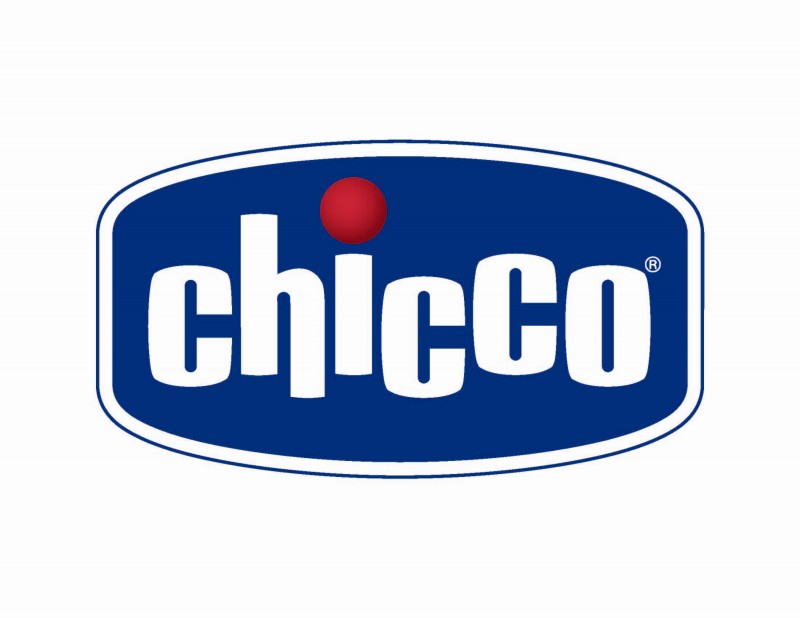

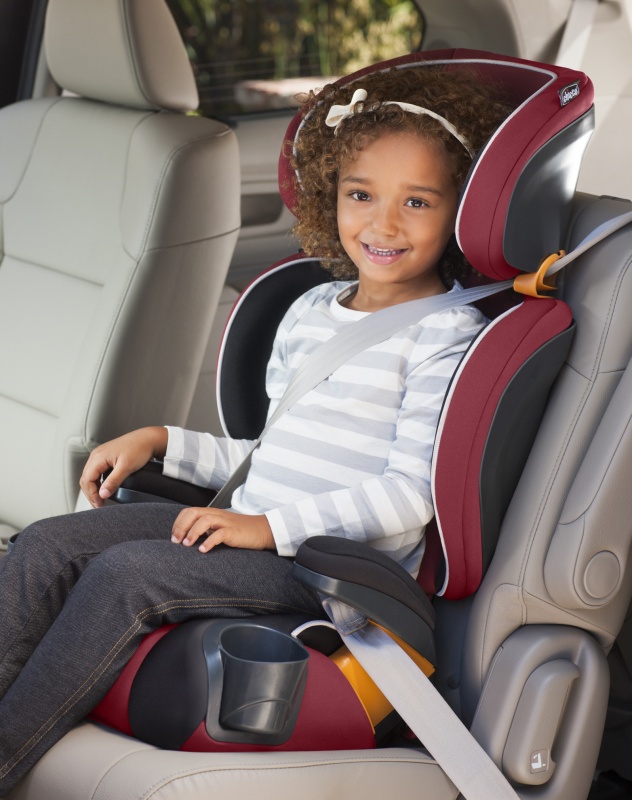
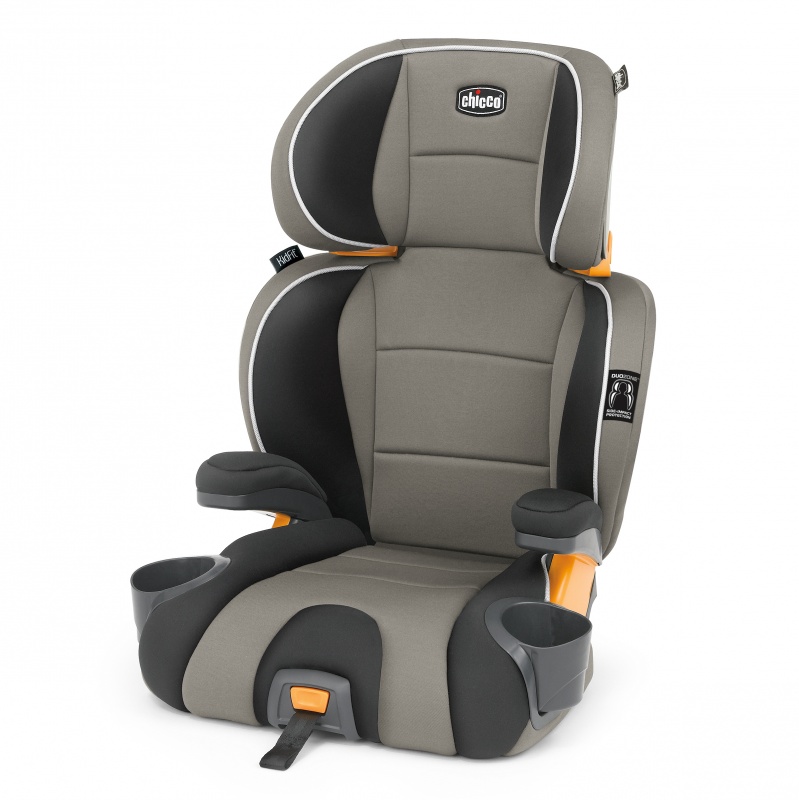



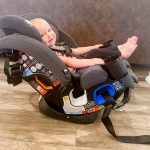
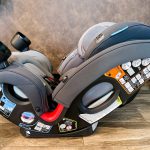
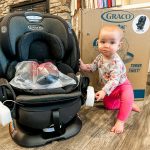



Hi to every body, it’s my first pay a quick visit of this blog; this weblog consists of awesome
and actually excellent data in favor of readers.